Toghrol Tower: Iran's Ancient Sundial
Imagine standing before a towering brick structure that not only tells time with the precision of a sundial but also amplifies whispers into resounding echoes. This is Borje Toghrol, an ancient marvel in the heart of Rey city, Tehran.
Constructed during the Seljuk era, this cylindrical tower has withstood the test of time, serving various purposes—from a mausoleum to a potential observatory. Its 24 cracks, once part of a sophisticated timekeeping system, and its unique acoustics, which turn a single voice into a chorus, are just some of the features that make this monument a blend of science, art, and history.
Borje Toghrol is more than just an architectural wonder; it’s a symbol of Iran’s rich cultural heritage. Built by order of Toghrol Beyk, the founder of the Seljuk dynasty, the tower has seen centuries of history unfold around it. Today, it stands as a testament to the ingenuity and craftsmanship of its creators.
Historical Background of Borje Toghrol
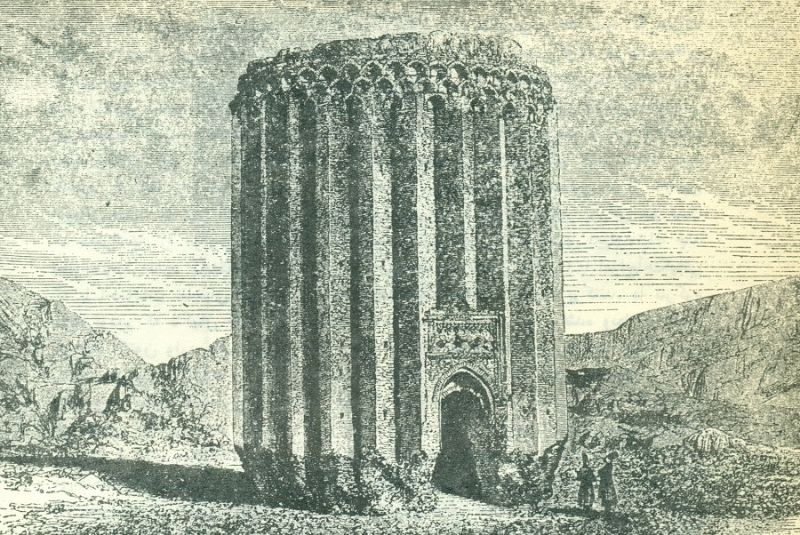
The Seljuk Empire, a powerful dynasty that rose to prominence in the 11th century, played a pivotal role in shaping the political and cultural landscape of the Middle East and Central Asia. Founded by Toghrol Beyk, the Seljuks were known for their military prowess and administrative skills, which enabled them to establish a vast empire stretching from Anatolia to the edges of India. Toghrol Beyk, the dynasty's founder, was instrumental in consolidating Seljuk power, moving the capital from Neishabur to Rey city, making it a significant center of Islamic culture and governance.
It was during this period of flourishing culture and power that Borje Toghrol was constructed, likely by order of Toghrol Beyk himself. This towering structure, named in his honor, is believed to have served multiple purposes. While some historians argue that it was built as a mausoleum for Toghrol Beyk after his death in 1063 CE, others suggest that it could have functioned as an observatory, a place for astronomical studies, or even as a sundial, utilizing the sun's position to tell time.
The exact purpose of Borje Toghrol remains a subject of debate among scholars. Some believe that its cylindrical shape and intricate design suggest it was meant to house the remains of Seljuk royalty, while others point to its strategic location and architectural features as evidence of its use in scientific observation. Regardless of its original intent, Borje Toghrol stands today as a remarkable example of Seljuk architecture and a symbol of the dynasty's enduring legacy.
Architectural Significance of Borje Toghrol

Borje Toghrol is a stunning example of Razi architecture, a style that flourished during the Seljuk era and is characterized by its intricate brickwork and harmonious geometric forms. The tower's cylindrical structure, built primarily from clay and brick, reflects the architectural ingenuity of the time. Standing at about 20 meters tall, with walls that range in thickness from 1.75 to 2.75 meters, the tower was designed to endure the test of time. Its outer surface is divided into 24 vertical grooves, not just for aesthetic appeal but also as a functional element, likely used to track the passage of time throughout the day, as the sunlight moved across the sky.
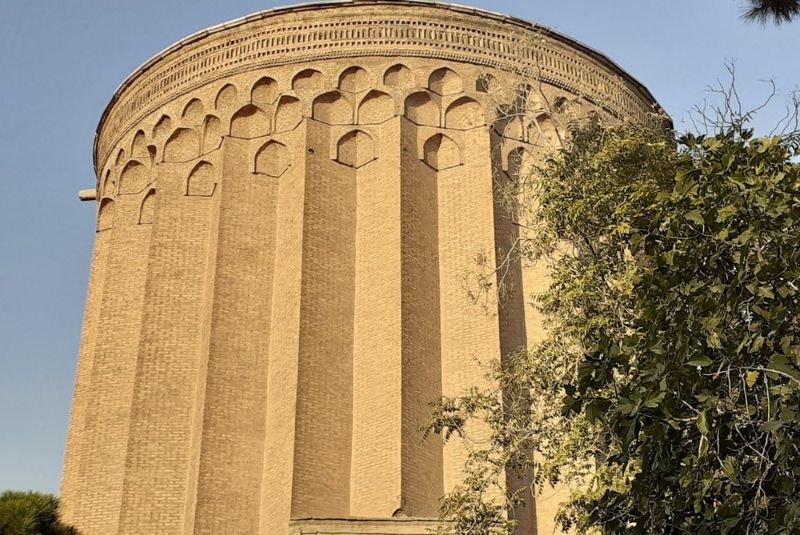
Originally, Borje Toghrol was crowned with a conical dome, similar to other Seljuk towers, which has since been lost to time. The tower’s interior is equally impressive, with hollow sections above four meters in height, likely intended to reduce weight and enhance stability. The entrances on the north and south sides of the tower are adorned with intricate designs typical of Razi architecture. The southern entrance, in particular, features a protruding portal with a curved arch, showcasing a blend of architectural mastery and decorative artistry. Unfortunately, many of the original decorations and Kufic inscriptions that once adorned the upper part of the tower have been lost over the centuries, particularly during restoration efforts in the 19th century.
One of the most intriguing aspects of Borje Toghrol’s design is its symbolic representation of a lion, an important motif in Iranian culture. When viewed from a specific angle, the tower's facade, with its crescent-shaped entrance, resembles a lion with its mouth open, poised in a display of strength and majesty. This lion imagery, combined with the lost Kufic inscriptions, hints at the deeper cultural and spiritual significance the tower once held.
Multifunctional Design of Borje Toghrol
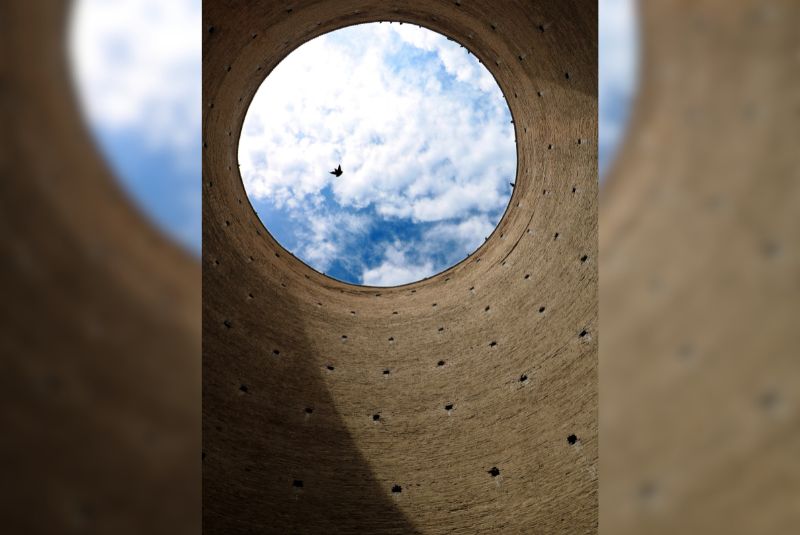
Borje Toghrol is not only a masterpiece of architecture but also a marvel of functional design, ingeniously incorporating multiple practical uses into its structure. One of the most fascinating aspects of the tower is its function as a massive sundial. The 24 vertical cracks that adorn its cylindrical surface were likely designed to track the movement of the sun throughout the day. As the sun rises in the east, its light gradually illuminates the cracks on the eastern side of the tower. Each of these cracks is accompanied by four semicircles, which represent quarter-hour intervals. As the sun moves across the sky, these semicircles light up sequentially, allowing observers to estimate the time with remarkable accuracy. By midday, when the sun is at its zenith, the southern side of the tower is fully illuminated, marking the passage of time with a precision that would have been invaluable in an era before mechanical clocks.
However, the sundial’s functionality extends beyond daylight hours. When the sun sets, the tower’s timekeeping mechanism can still operate using moonlight, as recognized by the science of astronomy at night. This unique feature demonstrates the tower’s advanced understanding of celestial movements. Yet, the sundial’s accuracy is dependent on clear skies; it does not function when the sun is obscured by clouds or during the night when there is no moonlight. This limitation underscores the intricate balance between natural light and the design of this ancient timekeeping marvel.
Another remarkable feature of Borje Toghrol is its unique acoustic properties. The tower's interior is designed in such a way that even the softest sound made at its center echoes clearly throughout the space. This phenomenon is likely due to the circular design and the hollow spaces within the walls, which create a natural amplification effect. Historically, this feature may have been used to amplify speeches or announcements, allowing a single voice to reach everyone within the tower. The precise design of the space ensures that sound is evenly distributed, creating an effect similar to that of a modern-day speaker system.
Beyond its roles as a sundial and an acoustic marvel, Borje Toghrol may have served other purposes as well. Some historians suggest that it functioned as a lighthouse, with fires lit atop the tower to guide travelers along the Silk Road during the night. Others believe it may have been used as an observatory, where scholars could study the stars and chart the movements of celestial bodies. Its strategic location in Rey city, a key point along the Silk Road, supports the theory that Borje Toghrol played a vital role in guiding and protecting travelers on this ancient trade route.
Location and Accessibility
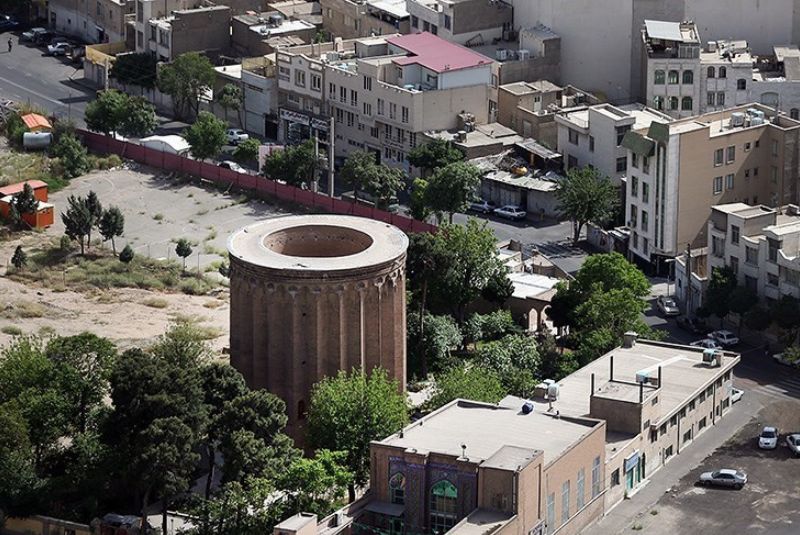
Situated in Rey City, Tehran:
Borje Toghrol is located in the historic city of Rey, a suburb of Tehran, Iran’s capital. Rey, known for its rich history and cultural significance, was once a prominent city in the Seljuk era and remains a site of historical interest today.
Proximity to Other Landmarks:
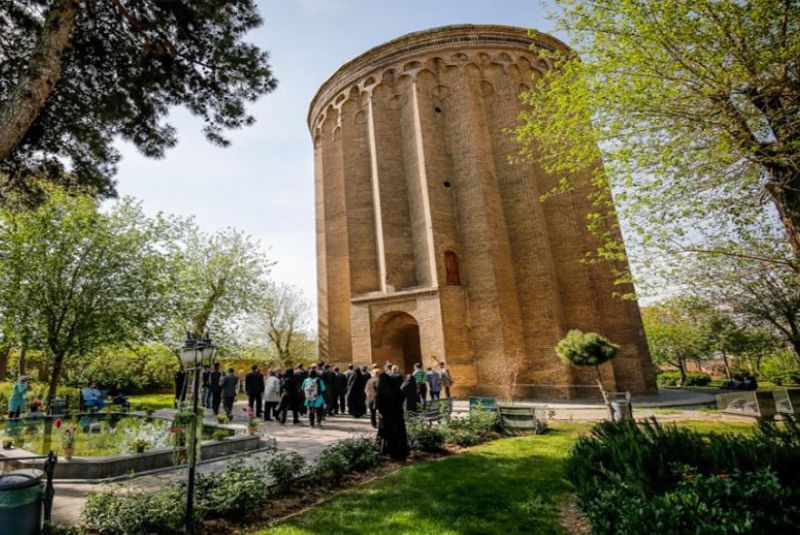
The tower is located just east of the Ibn Babouyeh Cemetery, also known as the tomb of Sheikh Sadouq. This cemetery is another important historical site, housing the graves of notable figures like the scholar Sheikh Sadouq and the national hero, Jahan Pahlavan Takhti.
The area is rich with other historical attractions, including the ancient Rashkan Castle, Cheshme Ali (a famous spring), and the Qajar-era reliefs, making it a hub for visitors interested in exploring Iran’s cultural heritage.
Accessibility:
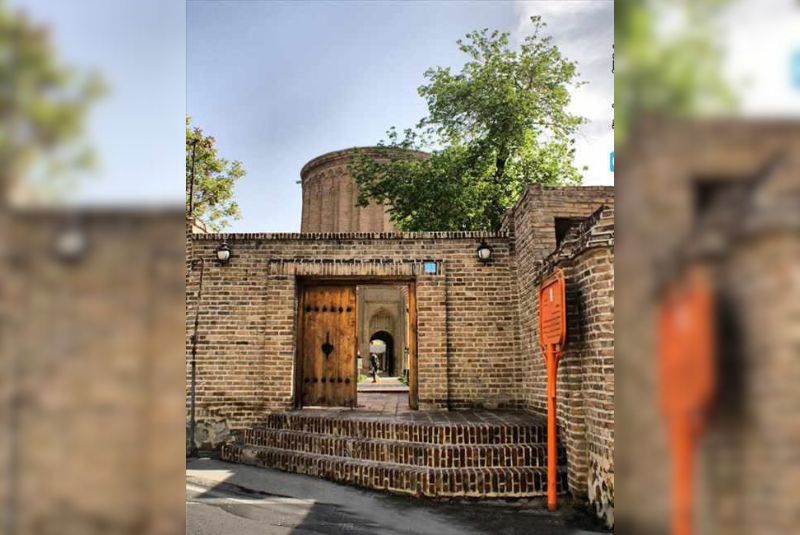
Borje Toghrol is easily accessible via public transportation, specifically the Tehran Metro. Visitors can take Metro Line 1 to the Rey City station, from where the tower is a short walk away.
The tower is also accessible by road, with clear signage guiding visitors from various parts of Tehran to the historic site in Rey.
Finally!
Borje Toghrol stands as a testament to the ingenuity and artistic vision of the Seljuk era, embodying a unique blend of architectural elegance and practical design. Its multifaceted functions, from serving as a sundial to its remarkable acoustic properties, showcase the advanced knowledge and creativity of its creators. The tower not only links us to Iran’s rich historical tapestry but also continues to inspire awe and curiosity in visitors today.
We encourage you to visit Borje Toghrol and experience firsthand the historical and architectural marvel that this ancient monument represents. By exploring its intricate design and understanding its cultural significance, you contribute to the preservation of this remarkable piece of Iran’s heritage. Support efforts to maintain and protect Borje Toghrol, ensuring that future generations can also appreciate its timeless beauty and historical importance.
Share your story!
Comment below and let us know about your Experience.
Your story inspires others!


Comment
Leave a Comment